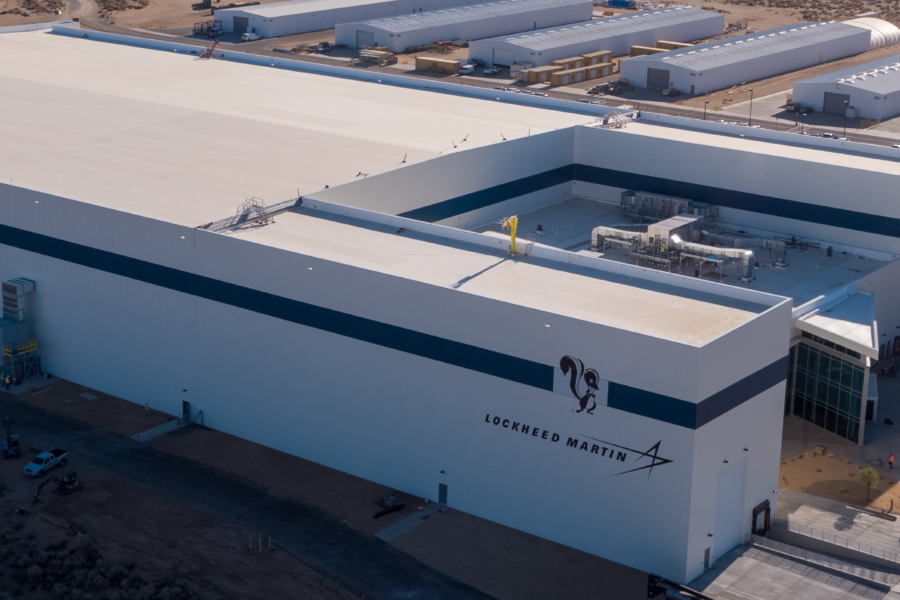While the first examples of the hypersonic missile AGM-183A Air-launched Rapid Response Weapon (ARRW) will be built at Lockheed Martin’s Skunk Works, rate production will happen elsewhere, Skunk Works Vice President and General Manager Jeff A. Babione said.
Babione told reporters Aug. 10 the initial examples of the ARRW’s hypersonic glide body will be built at Building 601 at Skunk Works’ Palmdale, Calif., facility at Air Force Plant 42. The company has the capacity to build “8-12” units of ARRW per year at the plant, but Babione didn’t indicate how many years of low-rate production are anticipated.
Once the missile is given the green light for large-scale production, Babione said manufacturing will likely shift to Lockheed Martin’s Missiles and Fire Control facility, which is better for large-scale work.
“We can stand up manufacturing” of hypersonics programs generally at Palmdale “in a relatively short space of time,” he said.
But after that initial pulse of production, “I see a very similar future to the JASSM [AGM-158 Joint Air-to-Surface Standoff Missile] model, where we would develop an early prototype like TBG [Tactical Boost Glide], HAWC [Hypersonic Air-breathing Weapon Concept], and then we would find the best place to produce it,” he said.
The Missiles and Fire Control unit is about to open a high-rate JASSM production facility in Troy, Ala. The unit also builds the Army Tactical Missile System booster that accelerates the ARRW glide body to hypersonic speed before releasing it.
Skunk Works is applying digital thread methods to the development of ARRW, Babione said, making rapid iterations of the design possible.
“I see hypersonics as a game changer,” similar to the low-observable technology F-117 stealth attack jet, he said. “It will really change the way we fight in the future, being able to hold targets at risk at great distances, being able to reach out in very short timeframes, with exceptional maneuverability. That will create significant challenges for our adversaries.” He added, “Clearly, we know our adversaries are advancing in these areas, which is why it’s a national priority to be able to develop and field an operable hypersonic systems.”
The company is employing a “best of the best” philosophy, using expertise from different divisions to bring ARRW to service. The space division has “that extra [knowledge] in high-speed aerodynamics [and] heat transfer,” while Skunk Works has “that best-in-class aerodynamics,” and Missiles and Fire Control has “state-of-the-art” expertise with the booster.
Babione declined to comment on recent ARRW test failures, saying only the Air Force can release that information. However, he noted that hypersonics are highly challenging.
“When you’re going … Mach 5, in excess of a mile a second … those environments generate tremendous heat and vibration, and virtually everything you do is significantly more difficult than on a normal aircraft,” he noted.
There is greater opportunity for game-changing technology with the HAWC program, which is an air-breathing system, he said. The HAWC can be smaller and more lightweight than ARRW and thus can be carried on many kinds of platforms. It will be “relatively affordable,” he said.
But the digital thread technology is “platform agnostic” and can be applied across all hypersonic programs, he said. It allows Skunk Works to “quickly iterate” new design changes to meet changing “customer requirements.”
The customer “wants us to … discover, learn, test again … and I think we’re demonstrating that agility in the work we’re doing, from a hypersonics standpoint,” Babione asserted.


